Sex vs. gender: Understanding the difference
New All Gender Bathrooms at DHS.
Growing up, the majority of people are told that ‘gender’ is just another term to use in place of a person’s biological sex. As people continue to develop and learn who they are, however, the line between sex and gender identity can begin to blur, and they realize that it’s not quite that simple. Time to see just how educated the DHS community is.
History Teacher Laura Magno has been the advisor of the school’s Gender Sexuality Alliance for two years. Ms. Magno explains the difference between biological sex and gender identity. Biological sex is assigned to one at birth, by a doctor, based on the reproductive organs, genitalia, chromosomes, and hormones one possesses. Gender identity, however, is how one feels internally. One may not feel that their gender and sex correspond with each other. “So it could be that a doctor told you that you’re male, but inside you feel female; and when that happens, that’s what they refer to as transgender,” Ms. Magno said.
“The difference between sex and identity is the simple differences among science, biology, and the more wobbly social ideas of gender,” said an anonymous sophomore. “Gender is what’s in your mind, and some would say, soul.”
Gender encompasses “societal baggage” such as gender roles. One may be in disbelief about having to live the way society expects you to based on the sex you were assigned at birth.
The lack of knowledge revolving around this subject is caused by miscommunications or lack of communication. “It’s so easy to be hateful or negligent when you don’t know what you’re talking about,” the anonymous student said. Due to the lack of understanding and education among students, people can be quick to say something hurtful without thinking.
“People understand better when it’s personal. If it’s happening to you, you’re going to research it and figure it out. When these issues come up with your friends, you’re maybe more informed,” Ms. Magno said. When you don’t know anyone in the LGBTQ+ community, you’re more likely to assume that a person you’re talking to is also completely excluded from this community. It’s also possible that one can become narrow minded, not caring about their words or actions if they don’t have a personal connection to what they’re saying.
The goal is to get students to realize that their community is more diverse than what they may have assumed through discussions and education.
Following a faculty presentation this fall about gender and sexuality (created by current senior Madeline Pfirrman), Ms. Magno has managed to start an Inclusive Committee with several members of the DHS faculty.
“Our overall goal is to make a more inclusive and safe space for all students, faculty, and staff. Our two goals within that framework are to educate everyone on the LGBTQ+ community and to protect the rights of LGBTQ+ students,” said Ms. Magno.
Committee member and Health Teacher Maria Kelly was a guest at one of the recent GSA meetings. At this meeting, members of GSA spoke about what should be incorporated into the health curriculum to further educate students. This included topics such as protection for same sex couples, transitioning from one sex to another, better representation of the student population, eliminating heteronormativity, and sexuality and gender being seen as a spectrum instead of just in black and white.
Additionally, Safe Space cards can be seen around the school’s classrooms. These cards were given to every faculty member along with an explanation of what the card means.
GSA co-chair junior Destynee Oliveira said it is up to the teachers as to whether or not they choose to put the card up. She gave an example of when the card may come in handy. “If I was being bullied due to my sexuality and needed a teacher to confide in, I would look for the sticker. A teacher owning and showing the sticker is an LGBT ally, and they are here to help and give support,” said Oliveira.
Teachers who display these cards in their rooms are showing that they’re onboard and willing to learn about the LGBTQ+ community. A Safe Space card shows that the room you are entering is a safe space for you regardless of your sexuality and gender. It’s a symbol of acceptance, safety, and support.
“I think that we’re moving in the right direction,” said Ms. Magno. The faculty is working toward making DHS a safer place for students in the LGBTQ+ community through education and personal help.
As a student body, we have to understand and realize that sex and gender are complex. Not everyone will agree on their definitions and parameters, but what we all have to do is remember that no one has the right answer. You cannot ask somebody to be a spokesperson for their race, sex, gender, religion, class, or sexuality. What is acceptable for one could be hurtful to another. We have to approach these heavy topics with respect for the individuals who are affected.

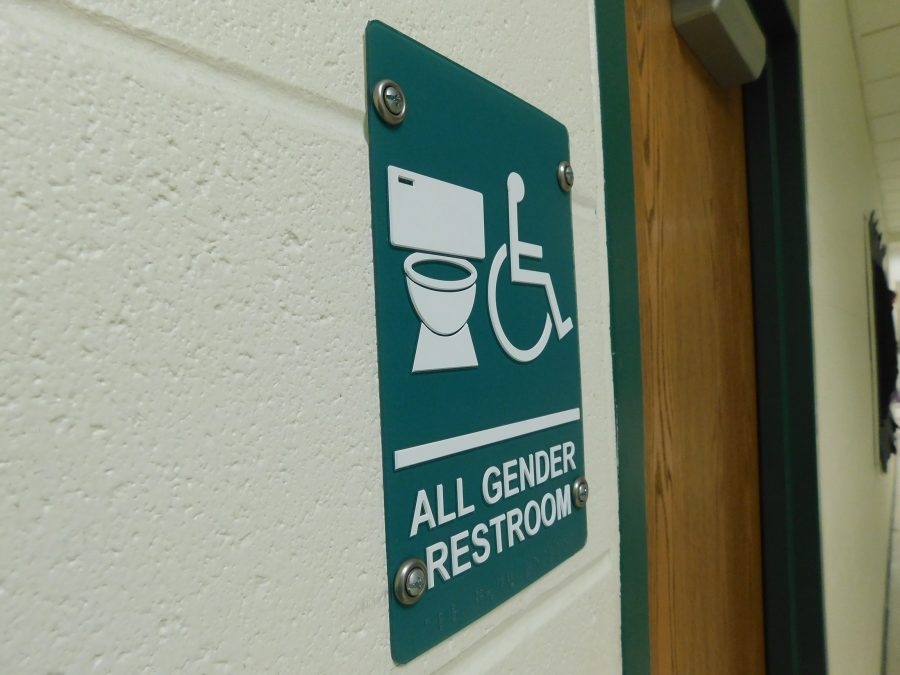


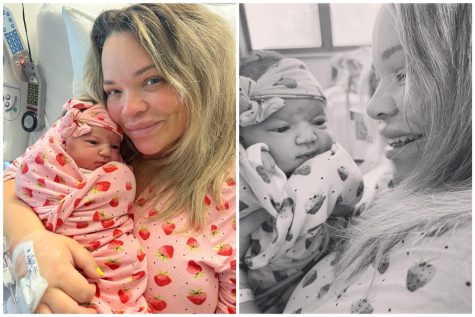


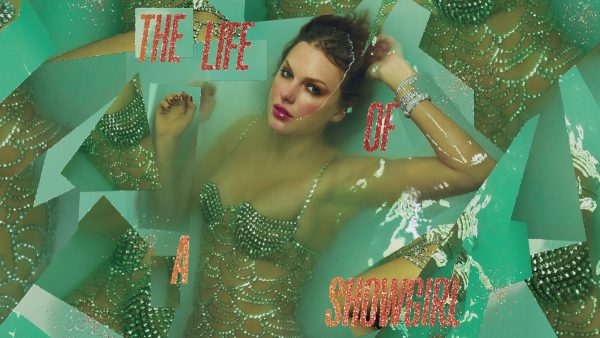

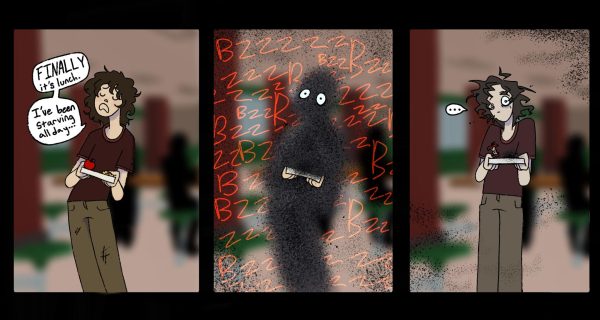
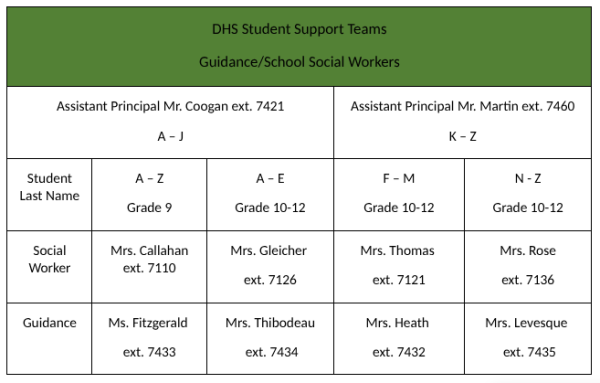

Jack D'Atri • Feb 8, 2017 at 9:03 pm
I thing I’m going to make a club for fellow conservatives. I’m still thinking of a name. How about “CPA (Conservative Pride Alliance)” considering you love your “GSA” so much
Nicole Sheahan • Jan 25, 2017 at 10:09 pm
This is a very well written article that communicates its message with an understanding of DHS’s struggles with this topic–with students and teachers alike needing further education to be mindful of the spectra related to gender and sexuality. I feel the author handled this topic with a level of maturity and professionalism that was absolutely needed for this article.
Jack D'Atri • Feb 8, 2017 at 8:59 pm
I hate those stupid “safe space” cards! Is this what we’ve come to? We need to let everyone know that there’s a “safe space” in those rooms? How about a safe space for conservatives where we can speak our minds freely and “come out” with teachers without being shot down?
Madeline Pfirrman • Mar 5, 2017 at 9:52 pm
Good evening! My name is Maddie Pfirrman, I am one of the co-chairs for our schools’ Gender Sexuality Alliance. I am sorry that you seem to be displeased about the safe space stickers that have been put up around our school. I thought I would take some time to talk to you about them and why they are important to our schools’ community, especially surrounding the LGBTQ+ community. The LGBTQ+ community has been a community that, during the history of our nation, has faced discrimination and harassment consistently. Though our country has become much more accepting and inclusive to our community, we still face discrimination and harassment in our day to day lives. This can take many forms: exclusion, bullying, legal discrimination, physical abuse, etc. LGBTQ+ youth are especially vulnerable to this, unfortunately, and can lead to higher depression rates, self hatred, dysphoria, higher suicide rates, along with many other repercussions. LGBTQ+ youth often feel unsafe and afraid to be themselves in school and as a result we have provided teachers and faculty members with these safe space stickers to let students know that they have support from the teacher or faculty member who displays the sticker and that they can count on them to protect their individual rights and safety. The stickers were not made to make anyone feel as though they are not welcome; it was made, in fact, to do the opposite and foster inclusion for all members of our schools’ community including conservative students, liberal students, cisgender students, transgender students, straight students, gay students, etc. I am sorry you feel that your opinions and voice are being shot down and that you do not feel that you have a safe space in our school as a conservative. I suggest talking to your teachers, respectfully, about your concerns if you continue to feel this way. Have a good evening.
Nicole Sheahan • Mar 6, 2017 at 4:13 pm
Hi Mr. D’Atri,
I’m unsure how your reply relates to my comment, but I welcome an open conversation. Consider yourself “out” as a conservative, which is not an offensive title. I respect your right to your opinion, and please know if you enter my classroom, which I do consider a safe space for all, that you and your right to think will be welcomed there. All my students have a right to think, present, and support their ideas.
What isn’t welcome is just shouting down any views different from one’s own. I’m sorry you hate safe space cards, but they do not hinder your day, and they just might help another’s, so I see no offense.
I’d also like to take a moment to note that this article falls under the Student Life section of the paper, not under News. It’s presenting an issue that is relevant to DHS, and the tone of your comments confirms the climate some of our students sense daily. That’s not a criticism of you–just an observation that I can see how students could feel as though there might be moments when they want to seek out a safe space.
I also wholly agree that The Spectrum should acknowledge that it serves a community with mixed views and that it could do a better job of providing balance on topics that polarize liberals and conservatives. I do hope the action you take is to sit down and talk to someone from The Spectrum–to have a respectful, civilized conversation about a topic you’d like to see covered in a point-counterpoint format and possibly offer your educated input.